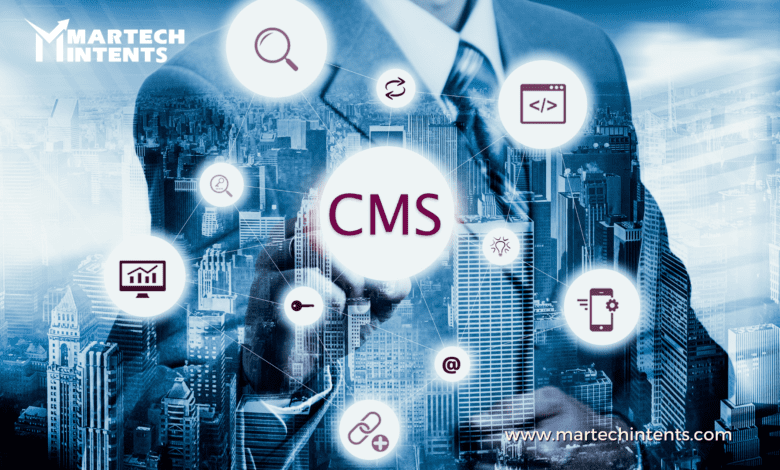Content Management System (CMS): A Comprehensive Guide

Content Management System:
A content management system (CMS) is a software application that helps users create, manage, and modify digital content.
A CMS is typically used for enterprise content management (ECM) and web content management (WCM). ECM typically supports multiple users in a collaborative environment by integrating document management, digital asset management, and record retention.
Alternatively, WCM is the collaborative authoring for websites and may include text and embed graphics, photos, video, audio, maps, and program code that display content and interact with the user.
CMSs are used by a wide variety of businesses and organizations, from small businesses to large enterprises. They are used to create and manage a wide variety of content, including websites, blogs, e-commerce websites, wikis, online courses, portfolios, and more.
Benefits of using a Content Management System
There are many benefits to using a CMS, including:
Ease of use: CMSs are typically easy to use, even for users with no coding experience.
Efficiency: CMSs can automate many tasks, such as publishing and updating content, which can save users time and resources.
Scalability: CMSs can be scaled to meet the needs of businesses of all sizes, from small businesses to large enterprises.
Security: CMSs can help businesses to protect their content from unauthorized access and modification.
Collaboration: CMSs can facilitate collaboration among multiple users, making it easy for teams to work together on content projects.
SEO: CMSs can help businesses to improve their SEO and to reach a wider audience.
Customer experience: CMSs can help businesses to improve their customer experience by making it easy for customers to find the information they need.
Popular Content Management System:
Some of the most popular CMSs include:
- WordPress
- Joomla
- Drupal
- Magento
- Shopify
- Squarespace
- Wix
How to choose a Content Management System:
When choosing a CMS, it is important to consider the following factors:
Features: What features are important to you? Do you need a CMS with e-commerce capabilities? Blogging features? Social media integration?
Ease of use: How easy is the CMS to use? Can you create and manage content without any coding experience?
Scalability: Can the CMS scale to meet your needs as your business grows?
Security: Is the CMS secure? Does it protect your content from unauthorized access and modification?
Support: Is there good documentation and support available for the CMS?
How to use a Content Management System:
Once you have chosen a CMS, you will need to create an account and install the software on your web server. Once the CMS is installed, you can start creating and managing your content.
Most CMSs have a user-friendly interface that makes it easy to create and manage content. You can typically create new pages and posts, add images and videos, and edit your content without any coding experience.
Content Management System best practices:
Here are a few CMS best practices to follow:
Keep your CMS software up to date: CMS software developers regularly release updates to fix security vulnerabilities and add new features. It is important to keep your CMS software up to date to ensure that your website is secure and that you have access to the latest features.
Use strong passwords: It is important to use strong passwords for your CMS login and database accounts. This will help to protect your website from unauthorized access.
Back up your website regularly: It is important to back up your website regularly in case something goes wrong. This will allow you to restore your website to a previous version if necessary.
Use a security plugin: A security plugin can help to protect your website from common attacks, such as SQL injection and cross-site scripting.
Learn more about Unveiling the Power of Digital Asset Management (DAM) in Your MarTech Stack
Conclusion: Content Management System
A CMS can be a valuable tool for businesses of all sizes to create, manage, and modify their digital content. By choosing the right Content Management System and following best practices, you can ensure that your website is secure, efficient, and user-friendly.




